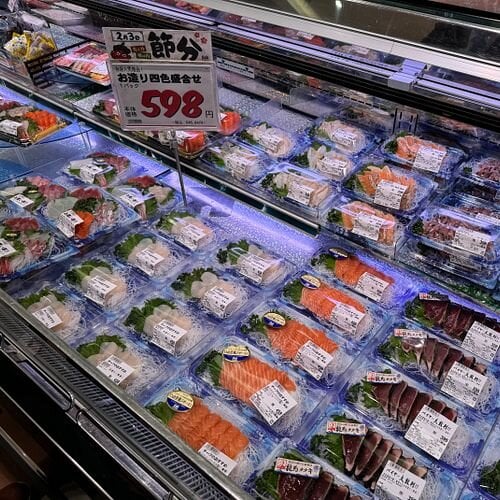On behalf of Norwegian salmon farmers, The Norwegian Seafood Council would like to elaborate on the use of marine ingredients used in Norwegian salmon feed.
Several international press stories continue to claim that Norwegian aquaculture sector contributes to depletion of fish stocks along the West coast of Africa. News stories by Der Spiegel and the BBC have earlier focused on Norwegian purchases from The Gambia and Senegal, stating that many of these marine ingredients end up as feed for Norwegian salmon. More recently Financial Times echoed this narrative in a longer news story, although with a greater focus on Mauritania, where certain species have been under pressure the last decade.
Some of the claims are incorrect, while some are misleading. First of all, The Norwegian salmon industry does not purchase fishery products from The Gambia nor Senegal. The background data which led to these conclusions have since been corrected by the feed industry, but regrettably not considered in these media reports. The marine ingredients (fish oil and/or fish meal) that Norwegian feed suppliers recently have sourced from the West African region, derives from fisheries currently undergoing a fishery improvement project (FIP) in Mauritania.
A push for better practices
The very nature of a FIP is improvement measures in various aspects of a fishery. As such, stakeholders in a FIP are well aware that the relevant fishery they choose to source from has challenges. In the case for Mauritania, the challenges for both the flat and round sardinella are well documented, but by sourcing from these fisheries, Norwegian buyers are bringing requirements to the table.
Some of the requirements include:
- Improvement of data collection on catch, effort and biomass for coastal fleet.
- Supporting the government in putting in place management plans.
- Supporting monitoring and enforcement on vessels and in factories and ensuring that the fishery is managed consistent with ecosystem requirements.
Such efforts are by the same marine researchers documenting these fisheries' challenges acknowledged as important contibutions.
- "Sampling intensity has improved since the launch of several research support projects in the sub-region AGD pélagique financed by the MAVA Foundation, Promopêche financed by GIZ, FIP-small pelagic financed by private operators, Shared Sardinella financed by Nansen-FAO". Braham et al., p.4 (2024)
- "The authors thank their colleagues in the FAO Northern Zone Working Group. The authors also thank the AGD-Pelagique and GIZ-funded Promopêches Project, the FIP-Pelagics and the Shared Sardinella project funded by Nansen for the support to the data collection". Braham et al., p.17 (2024)
The relevant fishery improvement project have also been designed with focus on artisanal fishermen and ensuring a percentage of the catch goes to local communities.
The alternative?
The alternative is complete withdrawal, with the risk of leaving the market entirely to buyers which may have few or at worst no requirements for improvement. With continued dialogue and marketplace presence, Norwegian fish feed companies can continue to raise the bar for improved practices. Similar practices have earlier been demonstrated with the sourcing of deforestation-free soy from Brazil. NGO’s have praised this initiative and see that real change requires commitment.
For more information about the fishery improvement project.
For more information about the challenges of the spesific fisheries in Mauritania.






